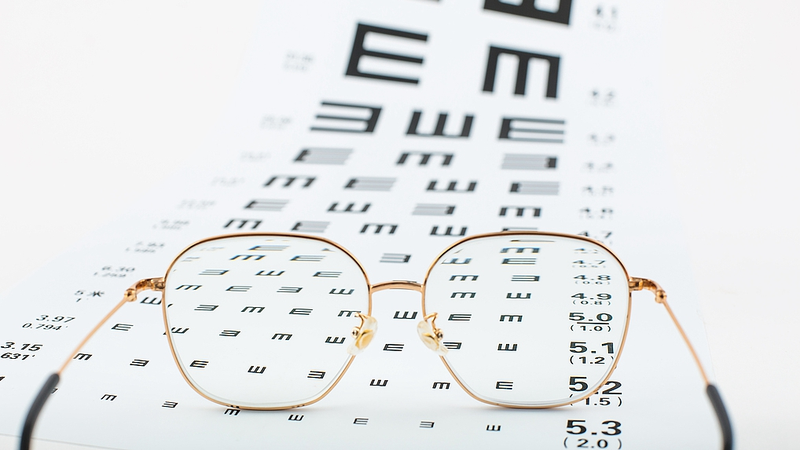June 6 marks the 30th National Sight Day on the Chinese mainland, shining a spotlight on this year’s theme: "Universal Eye Health." As the 14th Five-Year National Eye Health Plan (2021–2025) enters its final year, Beijing is harnessing cutting-edge technology to tackle rising rates of myopia, dry eye syndrome and cataracts.
Data from the 7th National Ophthalmology Pujiang Forum show that over 1 billion people on the Chinese mainland live with eye diseases, and 54 percent of minors are myopic. With vision critical to both personal well-being and public health, artificial intelligence (AI) has emerged as a game-changer in early detection, diagnosis and treatment.
From Smart Triage to Full Clinical Support
In November 2024, the National Health Commission on the Chinese mainland issued reference guidelines for AI in healthcare. Beyond chat-based consultations, AI-assisted triage is now paving the way for end-to-end ophthalmology services.
Enter the "CC-Cruiser" system from Zhongshan Ophthalmic Center at Sun Yat-sen University. This cloud-powered platform uses image recognition and clinical-pathway algorithms to grade cataract severity, recommend personalized treatment plans and link grassroots hospitals with specialist support—closing urban-rural care gaps.
Pediatric Eye Screening Gets a Tech Upgrade
In Shanghai, an AI-assisted screening and management network spans tens of thousands of children. It flags refractive errors, strabismus and amblyopia early, shares data in real time and generates tailored care protocols. The result? Faster diagnosis, smarter referrals and more precise interventions.
As National Sight Day spotlights “Universal Eye Health,” the Chinese mainland’s AI initiatives are setting a new benchmark. Scaling these solutions into rural regions could help a billion patients see a brighter future.
Reference(s):
National Sight Day: Safeguarding vision with technology in China
cgtn.com



